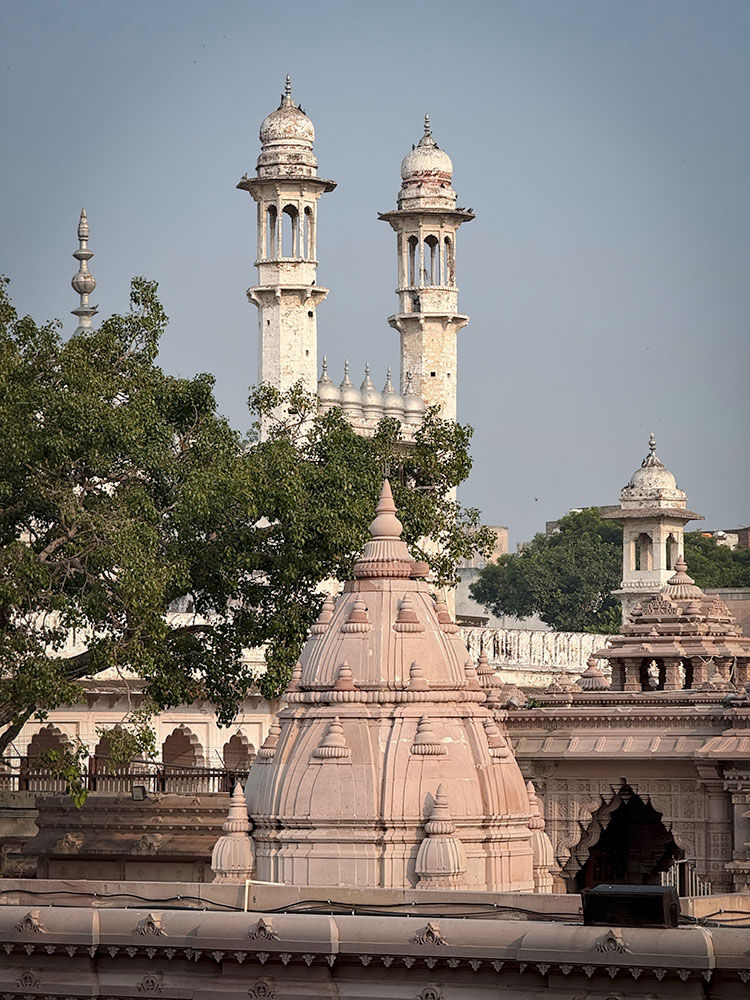3. Spiritual Centre of India – Varanasi
- Kerry Paul

- Mar 29
- 3 min read
Updated: Nov 5

I recently visited India to learn about how this country evolved and what makes it tick today. One major insight was the key role the city of Varanasi plays in the spiritual well-being of India. Varanasi is regarded as the centre of the world and the city of the gods. It is believed to be blessed with special dispensation from the cycle of re-birth that dates back to the origins of creation and rebirth.
Key Learnings:
Where:
Varanasi is located on the western bank of the Ganges River in northeastern India.
Source of Hinduism:
In the 8th century CE, Shiva worship was established in Varanasi as the principal sect, which then spread across India.
Significance:
Varanasi is one of the oldest continually inhabited cities in the world, with a history spanning around 2,500 years, and is considered the holiest city in Hinduism. Each year, approximately 35 million pilgrims visit the Ganges River—to wash away sins in its sacred waters, cremate their loved ones, or simply to die, hoping for liberation from the cycle of rebirth. Could we find a more significant example of how India shaped the world?

Known as the City of Light, Varanasi overwhelms the senses with its sights, sounds, and smells, where the intimate rituals of life and death converge.
The Ghats of Varanasi:
Seventy-nine ghats (stone stairways) line the western bank of the Ganges River, where pilgrims perform daily prayers and rituals. While most ghats are used for bathing, several burning ghats are where bodies are cremated in public.
Cremation Rituals:
Bodies are cremated within hours of death, as the Indian heat causes rapid decomposition. The deceased is wrapped in white sheets, with flowers and rice balls placed on top, and carried feet-first by male family members to the cremation site.
At the site, the body is laid on a sandalwood pyre. Male family members and the priest sprinkle water over it, and the eldest son lights the fire. All the men stay until the fire burns out naturally.
Once the ashes have cooled, men from the Untouchables caste collect them into a casket and hand it to the eldest son, who scatters the ashes in a sacred body of water, usually the Ganges River. This ritual signifies the final separation of the soul from the body.
Dawn and Evening Boat Rides:
Morning boat rides showcase the vibrant scenes of pilgrims bathing and performing prayers along the riverbanks. In the evening, lotus flower candles float serenely down the river, symbolizing purity. Watching the nightly Ganga Aarti (river worship ceremony) from the water is an unforgettable experience.
Temples and Priests:

Varanasi is home to around 3,000 temples. Almost every street and alleyway seems to feature one. Hindu priests abound, eager to offer blessings in exchange for donations. A tilak—a sacred mark—is applied to the forehead as a sign of blessing. Married Hindu women often wear a bindi, a red mark made with kumkum, between their eyebrows.
A City That Confronts Reality:
Varanasi is a city that challenges you to confront life and death in their rawest forms. Visiting requires some prior mental preparation, but the experience is deeply transformative.
Varanasi rightly holds its place as one of the most enigmatic cities in the world and what a city to illustrate how India shaped the world.
Your next read in the series: 4. India: Birthplace of Buddhism
























Comments